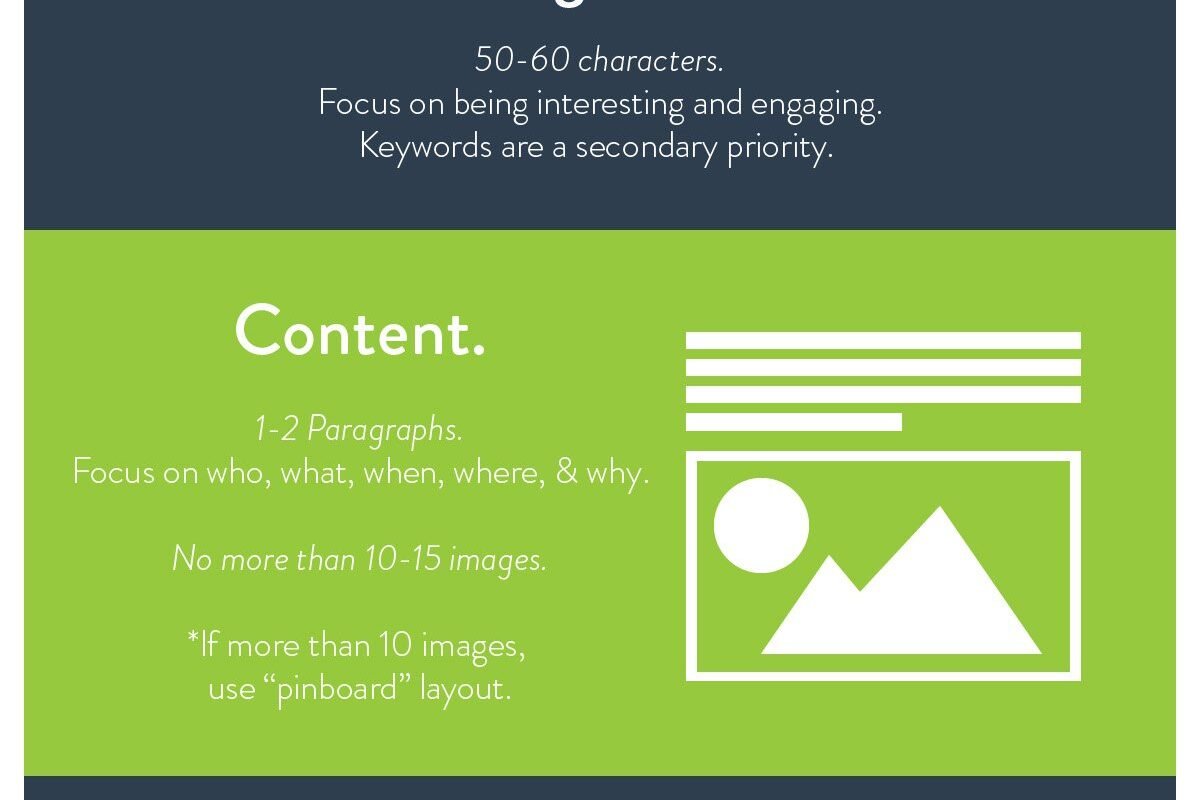
In today’s digital landscape , where countless blogs vie for attention , creating an search engine optimization-friendly blog structure is paramount for achievement. A well-organized blog not only enhances user experience but also significantly improves your website’s visibility in search engine outcomes. This thorough guide will walk you through the essential steps to building an search engine optimization-friendly blog structure , covering everything from planning your website’s architecture to optimizing on-page elements and leveraging WordPress search engine optimization Plugins. Let’s dive in !
Understanding the Importance of search engine optimization-Friendly Blog Structure
Before diving into the specifics , let’s understand why a well-structured blog is crucial for search engine optimization. Search engines like Google prioritize websites that offer a seamless user experience and easily crawlable text. A clear and logical structure helps search engines understand your website’s hierarchy , index your pages effectively , and ultimately , rank your text higher. Moreover , a well-organized blog enhances user engagement , reduces bounce rates , and encourages visitors to explore more of your text.
Planning Your Blog’s Architecture: A Strategic Approach
Think of your blog’s structure as the blueprint of a house. It needs a solid foundation and a logical layout. Start by determineing your core topics or categories. These should be broad enough to encompass a scope of related subtopics but specific enough to maintain focus. For example , if your blog is about digital industrying , your core categories might include search engine optimization , social media industrying , text industrying , and email industrying.
Next , create subcategories or tags within each core category. These will help you organize your text further and offer a more granular level of navigation. For instance , under the search engine optimization category , you might have subcategories like search term study , on-page optimization , link building , and technical search engine optimization. This hierarchical structure not only benefits search engines but also helps users find the information they’re looking for quickly and easily.
Implementing a Clear and Consistent URL Structure
Your URL structure plays a significant function in search engine optimization and user experience. Aim for clean , concise , and descriptive URLs that accurately reflect the text of the page. Avoid using long , convoluted URLs with unnecessary characters or parameters. For example , instead of using a URL like “www.example.com/post?id=123&category=456” , opt for a URL like “www.example.com/search engine optimization/search term-study-tips”.
Consistency is key when it comes to URL structure. select a format and stick to it throughout your blog. This helps search engines understand the relationship between your pages and improves overall crawlability. Consider using hyphens to separate words in your URLs , as this is generally considered optimal practice for search engine optimization.
Leveraging Internal Linking to Boost search engine optimization
Internal linking is the practice of linking from one page on your website to another. It’s a powerful search engine optimization technique that helps search engines discover and understand your text , distribute link equity , and improve user navigation. When creating internal links , focus on relevance and context. Link to pages that are related to the topic at hand and offer additional value to the reader. Use descriptive anchor text that accurately reflects the text of the linked page.
For example , if you’re writing a blog post about on-page search engine optimization for blogs , you might link to other pertinent articles on your website , such as a guide to search term study or a tutorial on optimizing meta descriptions. Aim for a natural and balanced approach to internal linking , avoiding excessive or irpertinent links.
Optimizing On-Page search engine optimization for Blogs
On-page search engine optimization refers to the practice of optimizing individual web pages to rank higher in search engine outcomes pages (SERPs). It involves a variety of techniques , including search term study , title tag optimization , meta description optimization , header tag optimization , and text optimization. Start by conducting thorough search term study to determine the terms and phrases that your target audience is searching for. Then , incorporate these search terms naturally into your text , title tags , meta descriptions , and header tags.
Create high-quality , engaging , and informative text that offers value to your readers. Use clear and concise language , break up your text with headings and subheadings , and incorporate visuals such as images and videos to enhance readability. maximize your images by using descriptive file names and alt tags. Ensure that your website is mobile-friendly and loads quickly , as these are crucial ranking factors.
Crafting an search engine optimization-friendly blog structure is an ongoing journey , not a destination. By implementing these strategies , you’re setting the stage for improved search engine visibility , boostd organic traffic , and a better user experience. Remember to stay adaptable , keep learning , and always prioritize your audience’s needs. Happy blogging !
